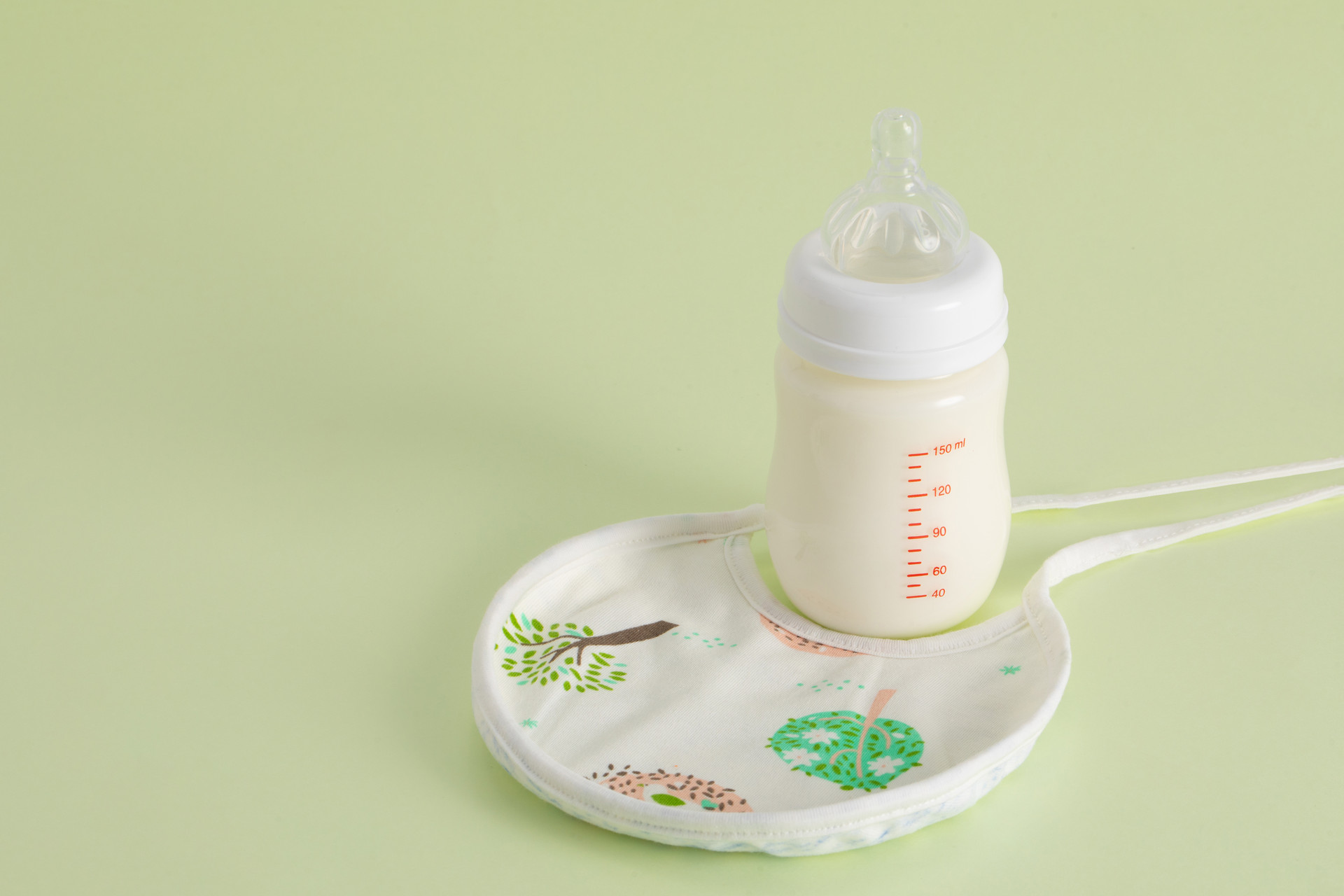Drooling is a common phenomenon in infants. Babies' swallowing function is not fully developed, so they don't swallow the saliva that comes out, resulting in excessive drooling. Many parents believe that this is a sign that their baby is starting to teethe. But did you know? If your baby is drooling excessively at a certain age, it may be a symptom of a disease. Parents should be vigilant and pay attention to taking care of their baby's skin.
1. Blisters at the corners of the mouth
Due to the presence of digestive enzymes and other substances in saliva, it can have a certain irritating effect on the skin. Children who drool frequently may develop redness, and even blistering and peeling of the skin in areas such as the chin due to constant exposure to saliva.
If your baby has blisters at the corners of their mouth along with excessive drooling, they may have mouth ulcers or oral inflammation. Mouth ulcers can be painful, so your baby may refuse to eat or have difficulty swallowing. Parents can provide soft and mashed food for the baby to consume.
2. Fever and runny nose
If your baby is drooling excessively and also has symptoms such as fever and a runny nose, it may indicate a respiratory system infection. Parents should take the baby to the hospital for examination to determine the cause and receive appropriate treatment. It is also important to ensure that the baby drinks plenty of water and gets enough rest.
3. How to take care of a baby who drools excessively
1. Keep the skin clean and dry
Parents can use a small bib for the baby and use a soft and absorbent cotton handkerchief to wipe away the saliva. When wiping, it is best to gently dab the saliva. Clean the skin that the saliva has come into contact with using warm water, and apply a special skincare cream for infants to protect the baby's skin.
2. Improve swallowing and oral coordination
Parents can use various methods to improve the baby's swallowing function, such as having the baby imitate the swallowing motion of their parents. For older children, they can be fed with foods like scrambled eggs and biscuits.
3. Keep the baby's nails trimmed
If the baby develops drool rash and the skin becomes itchy, the baby may scratch the affected area. The baby's nails are very sharp and can easily damage the delicate skin, which can lead to skin infections as dirt and bacteria enter. Therefore, parents should regularly trim the baby's nails.
4. Pay attention to playful interactions
Babies have chubby cheeks, and many adults like to pinch them when playing with the baby. The cheeks have salivary glands, and this can stimulate saliva production, exacerbating the baby's drooling.











